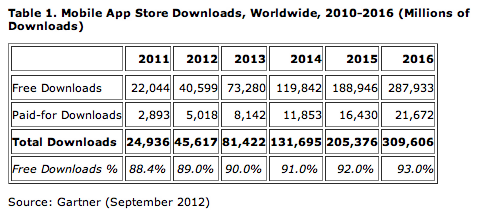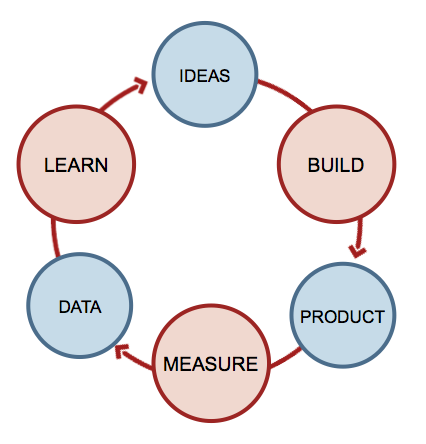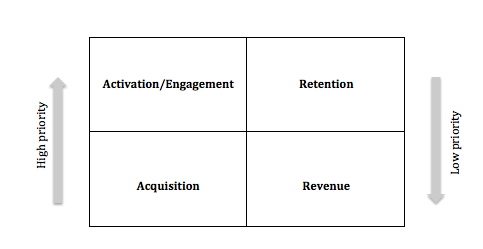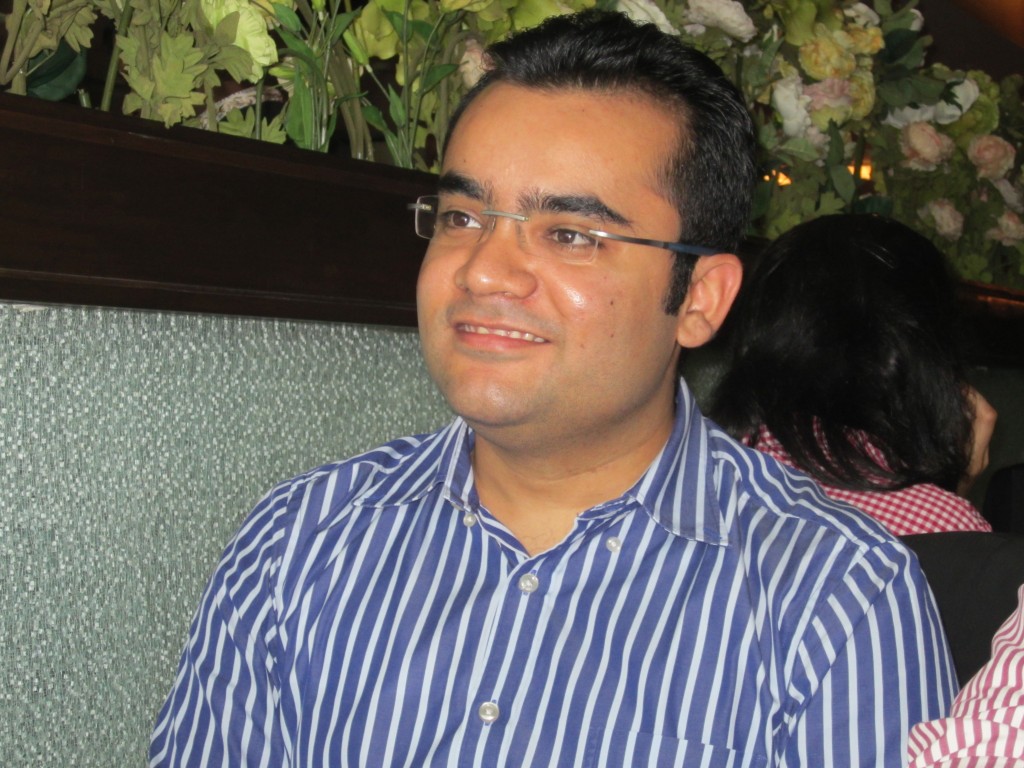Pallav Nadhani, CEO and Co-founder of FusionCharts, was just 17 when he started the data visualization product company in 2002. The company today is one of India’s most successful product stories and happens to be one of the first Indian start-ups to have caught the eye of the Obama administration. FusionCharts has a user base of 450,000 across 118 countries, and the company celebrates its 10th year of existence on October 22, 2012. In the second half of a two-part interview with pn.ispirt.in, Pallav Nadhani tells us about keeping a product relevant in the constantly evolving market, how he communicates with team members and what it’s like to work with teams from two very different cities in the country!
This is part 2 of the interview titled – Find out what inspired Pallav Nadhani to start FusionCharts on their 10th anniversary.
How do you manage to keep your product relevant in the market? How do you keep yourself in the game even after going through the process of scaling and maturing? Usually after this it’s a case of either re-birth or death, right?
For us a couple of things work well : there are nearly half a million developers out there who use our product, so we get more feedback than we can sometimes handle and implement. This is huge repository for us to understand where the market is going. There are some developers out there saying in a few months or few years we see ourselves using the product this way so we require this functionality. So there’s a lot of consolidated information that we get from both our existing clients and prospects, and we add some amount of research and gut-feel to this so that we can improve the different versions.
If you had to pick three functions in the company which are critical for a product company like yours, which ones would you choose?
I’d choose engineering and marketing together first. In our case, marketing and engineering go together because the value proposition and positioning done by the marketing team is done in consultation with the engineering division. Similarly, right from day one of product development, marketing defines the product features such as labels so there is a lot of interaction. I would choose the support function next, because ours is a B2B product so implementation does require some amount of support.
What are some of the tools and techniques that you use internally to keep communication alive? What are some the things that you do keep communication going right from the top to the most junior most employee?
The advantage we have is that we are a really small company — we have a team size of about 60 people. So anything that’s happening gets communicated within the team quite easily. The next advantage that we have is that most of the team is based in Kolkata, and I like to say that the Kolkata team is more like family because of the inherent nature of the city! In terms of messaging, We’ve divided teams into functions so if a team needs to know something, we tell the team head and the trickle down effect just ensures the right communication. All the heads are supposed to involve their team members, and this is relatively easy because there are only four to five members per team. Then we have layers of communication protocols built over this, so engineering has its own system which is visible to everybody within the team. For cross-company communication its either face-to-face or I send out an e-mail — since this is quite rare (like once in three months), people do read them. I also ensure that I ask a question or engage the reader somehow so that I know who is involved. We also use Yammer, the enterprise social network. Another thing we do is celebrate birthdays, so this becomes a one or two hour event which does involve some discussion.
How do you manage the culture difference between Bangalore and Kolkata? Both the cities and their people are very different — Bangalore is more fast paced and Kolkata is not like that.
Like I mentioned, I tend to say Bangalore is the team, Kolkata is family! There are some inherent challenges : when we brought in some senior management in Kolkata there were some issues as most people were used reporting to me and suddenly it wasn’t the case anymore. Now the senior management is trying to put in more systems and processes so that that Kolkata team can work more professionally! There was some resistance, of course, but once they were able to see the value of the changes then things changed. Now there is data to react to, and today they are able to pin-point where things went wrong and fix it. Overall, I’ve not had any major problems. Initially, for the first six months I had to go to Kolkata once every week to act as a mediator. Now I go once in six months so I guess that really shows how far we’ve come!
So FusionCharts has now matured and you’ve been in the business ten years — what are the nuggets of information you’d give product company entrepreneurs out there?
There is nothing thats right or wrong. It depends on the context of the product your are building. A few things that you need to get right are even if you are a developer, you need to focus on packaging your product. Packaging and marketing has an important role to play as no product can really be sold on it’s own — there are only exceptional cases like popular apps which get downloaded millions of times. Team building is another important thing — once your product starts getting traction, your company will get split across so many different functions that you will require help with this. You’d like to believe that you can solve every problem, but it’s not very scalable. Specifically in India, an entrepreneur requires a lot of focus. If there’s a new product idea every week and there’s no focus on one thing, it can disastrous. For the last ten years, we’ve just focussed on data visualization — despite the audience we have and despite our capabilities, we’ve not ventured into other areas because we know that this particular category has a lot of scope and if we branch out into too many other things we won’t be very good at any one thing.
What is the leadership style that you employ? What do people typically have to say about your leadership style?
I would say mine is more of a laissez-faire style of leadership. It’s very different from the concept that people are not trustworthy. I prefer not micro-manage — I believe in giving people work and a broad outline and let them go about it. At the end of it I’ll tell them how I feel about what they’ve done.
Pallav Nadhani’s list of Top 10 mistakes entrepreneurs make
- Not delegating early and enough for the fear of things not getting done correctly
- Hiring senior people who don’t fit and have different expectations and lesser hunger
- Not setting culture right – focus is more oriented towards result, than behavior. Also setting unreasonable deadlines which set the wrong culture.
- Using the same team to deliver multiple products – bandwidth bottleneck
- Not establishing clear communication channels and ownership between teams when moving from generic team members to specialists.
- Not getting enough exposure locally for hiring — like the first 4-5 years I lived a cocooned life in Kolkata.
- Not bringing in a sales team early — they bring in more deals to close and also free up your time
- Losing focus in between — too many products and extensions
- Not saying ‘no’ enough to many employee and customer requests
- Building custom additions for a few customer along with the main product — upgrade issues.






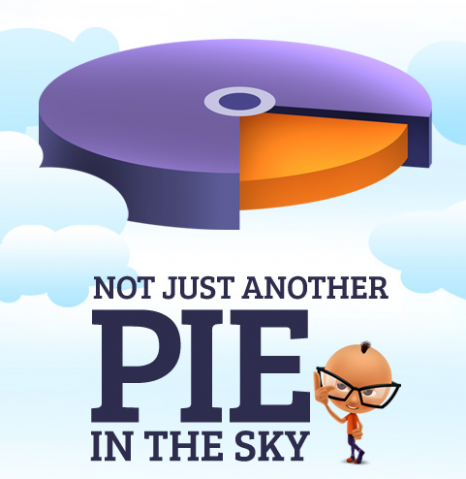



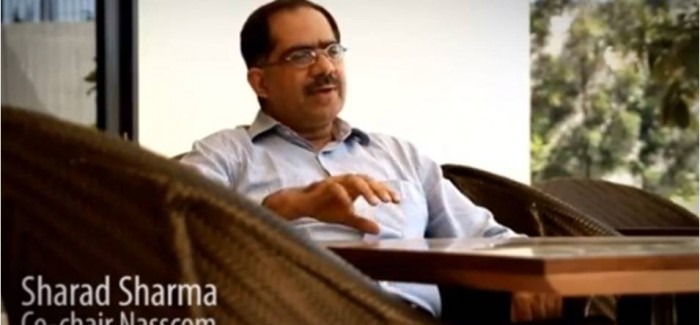
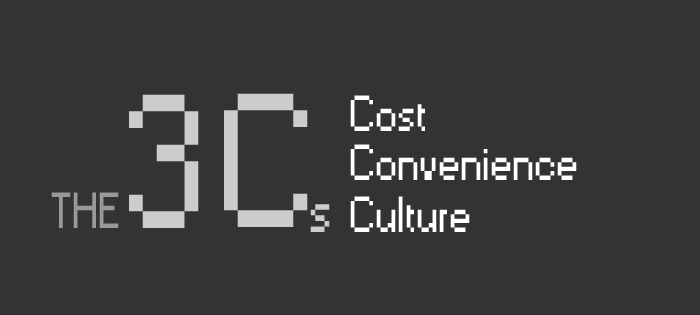




 For multi-product companies, it is best to display the most important products from the portfolio with a short description of them and link them to the respective product pages.
For multi-product companies, it is best to display the most important products from the portfolio with a short description of them and link them to the respective product pages.  Remember the homepage is not about throwing all the information you have in your visitor’s face, it is about sending them the right way in the right frame of mind.
Remember the homepage is not about throwing all the information you have in your visitor’s face, it is about sending them the right way in the right frame of mind.








